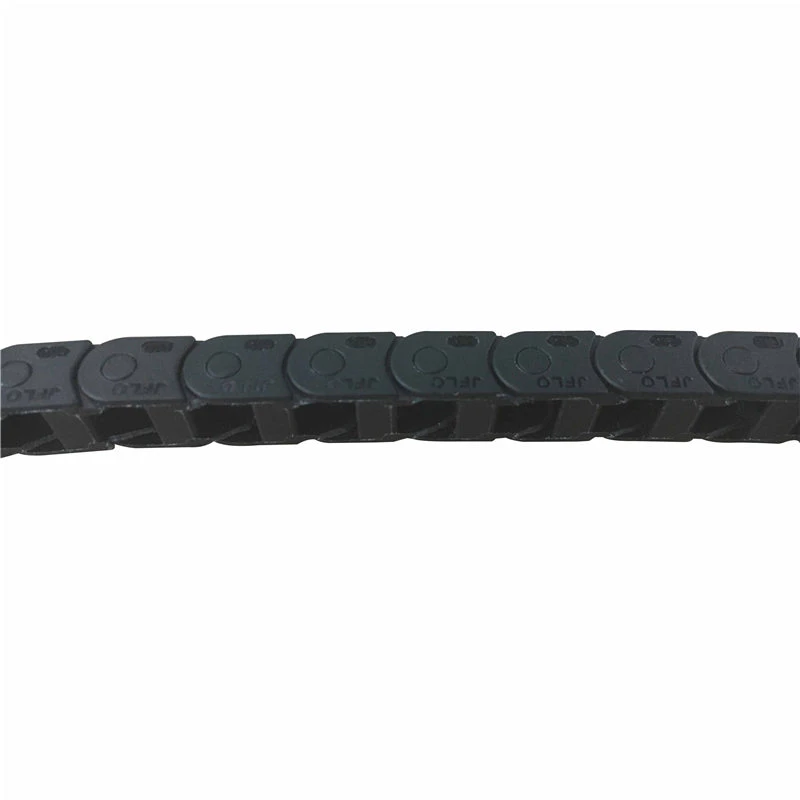Metal Cable Carrier Solutions for Efficient Cable Management and Protection in Various Industries
Understanding Metal Cable Carriers Essential Components for Efficient Machinery Operation
In the realm of industrial machinery and automation, efficient management of cables and hoses is pivotal to ensuring smooth operations. Metal cable carriers, also known as drag chains or cable chain systems, play a crucial role in this respect. They offer significant advantages over traditional methods of securing cables and hoses, providing both protection and organization in various applications, from manufacturing lines to robotic arms.
What Are Metal Cable Carriers?
Metal cable carriers are specially designed structures that guide and protect cables and hoses in motion. Typically manufactured from materials such as steel or aluminum, these carriers offer superior strength and durability, making them ideal for environments where extreme conditions prevail, such as high temperatures, abrasiveness, and heavy loads. The design of metal cable carriers allows them to effectively reduce wear on cables, minimize friction, and prevent tangling, contributing to longer service life and reduced maintenance costs.
Advantages of Metal Cable Carriers
1. Durability and Strength One of the primary benefits of using metal cable carriers is their robust nature. Unlike plastic alternatives, metal carriers can withstand harsh conditions, making them suitable for high-load applications. They resist deformation and damage from external forces, ensuring that the cables remain protected.
2. Versatility Metal cable carriers come in various sizes and configurations to suit a wide range of applications. They can be custom-designed to fit specific machinery setups, allowing for a high degree of flexibility. This adaptability makes metal carriers prevalent in industries such as automotive, aerospace, and manufacturing.
3. Low Maintenance Due to their robust construction and efficient design, metal cable carriers typically require less maintenance than their plastic counterparts. Their resistance to environmental factors means that they can perform well over an extended period, contributing to lower operational costs.
metal cable carrier

4. Aesthetic Appeal While functionality is paramount, the appearance of machinery is also a consideration in many industries. Metal cable carriers can enhance the visual appeal of industrial equipment with their sleek design, often integrating seamlessly with the existing setup.
5. Heat Dissipation Metal carriers have the added benefit of dissipating heat more effectively than plastic carriers. This property is crucial in environments where cables are subject to temperature variations, helping to maintain the integrity of the insulation and ensuring optimal performance.
Common Applications
Metal cable carriers are used in a variety of applications across numerous industries. In the manufacturing sector, they are commonly found on assembly lines, where they manage power and control cables for machinery that moves in multi-axis motion. Robotics is another field where metal cable carriers shine, providing a structured pathway for cables in robotic arms that need to extend and retract without tangling or friction.
In the construction industry, metal cable carriers are employed in cranes and lifting equipment, ensuring that power and communication cables are securely managed while maintaining flexibility for movement. The aerospace industry also benefits from metal cable carriers, utilizing them in aircraft systems where reliability and strength are non-negotiable.
Conclusion
In summary, metal cable carriers are integral components in the efficient operation of various industrial machines. Their durability, versatility, and ability to minimize maintenance make them a preferred choice for managing cables and hoses in dynamic environments. As industries continue to evolve and embrace automation, the demand for reliable solutions such as metal cable carriers will only increase. Choosing the right cable carrier system can lead to enhanced performance, reduced downtime, and ultimately, increased productivity in any manufacturing or operational setting.








